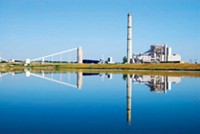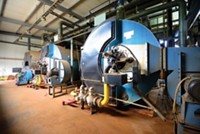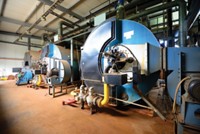Advertisement
Grab your lab coat. Let's get started
Welcome!
Welcome!
Create an account below to get 6 C&EN articles per month, receive newsletters and more - all free.
It seems this is your first time logging in online. Please enter the following information to continue.
As an ACS member you automatically get access to this site. All we need is few more details to create your reading experience.
Not you? Sign in with a different account.
Not you? Sign in with a different account.
ERROR 1
ERROR 1
ERROR 2
ERROR 2
ERROR 2
ERROR 2
ERROR 2
Password and Confirm password must match.
If you have an ACS member number, please enter it here so we can link this account to your membership. (optional)
ERROR 2
ACS values your privacy. By submitting your information, you are gaining access to C&EN and subscribing to our weekly newsletter. We use the information you provide to make your reading experience better, and we will never sell your data to third party members.
Environment
EPA Tightens Rules For Lead Smelters
by Glenn Hess
May 9, 2011
| A version of this story appeared in
Volume 89, Issue 19
EPA is proposing stricter emissions standards for secondary lead smelters, one of the largest sources of industrial lead emissions. Secondary lead smelters use furnaces to remove and recycle lead from scrap material, mostly from automobile batteries. EPA says these facilities have already achieved significant emissions reductions as a result of the existing federal standards, which were issued in June 1997, as well as state and industry actions. The proposal would require smelters to cut their emissions of lead and arsenic by 63% from current levels, adding up to a total reduction of more than 95% over the past 15 years. Smelters would also need to meet new emissions limits for dioxins, which can cause cancer. EPA says fewer than 20 secondary smelters currently operate in the U.S. The tighter air pollution limits are required by a settlement EPA struck last year with environmental groups. The agency is under court order to finalize the new standards by Dec. 16.





Join the conversation
Contact the reporter
Submit a Letter to the Editor for publication
Engage with us on Twitter